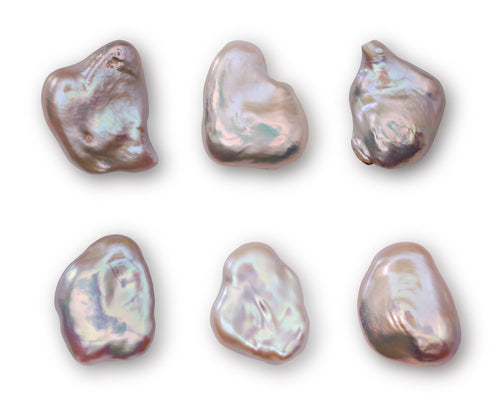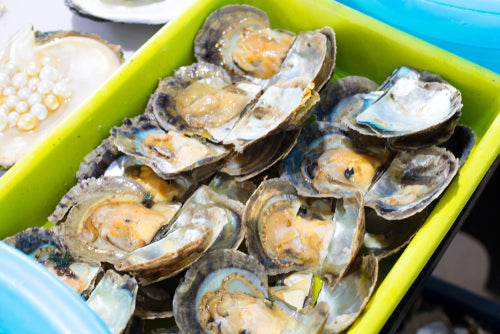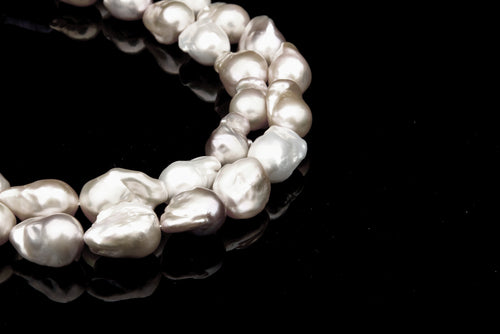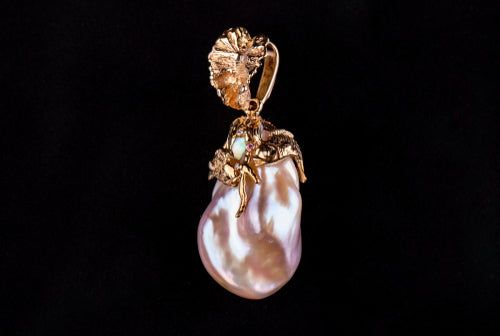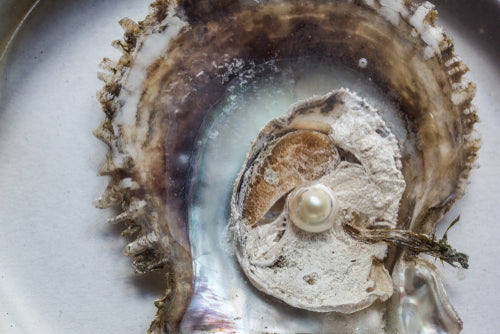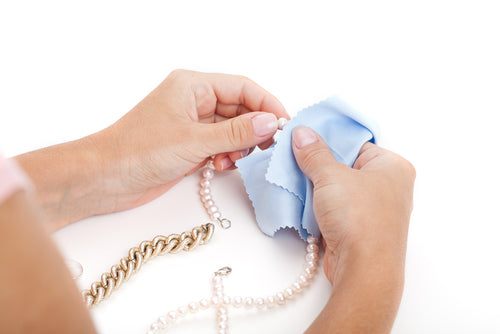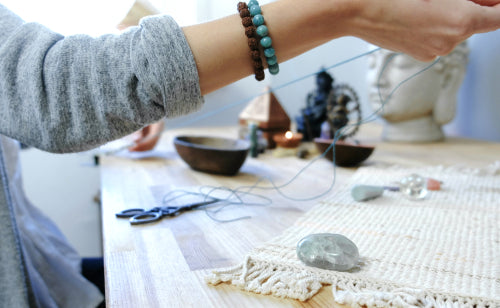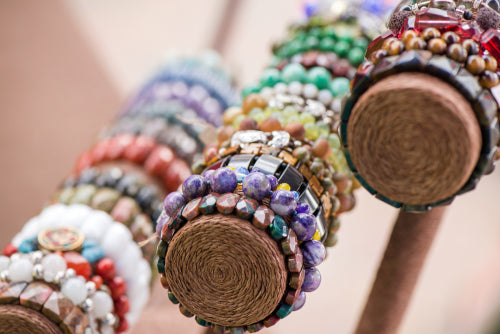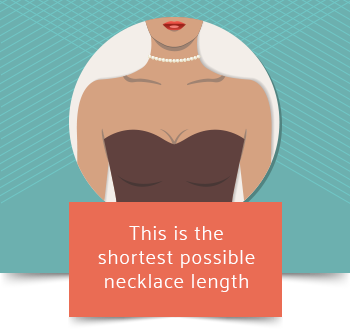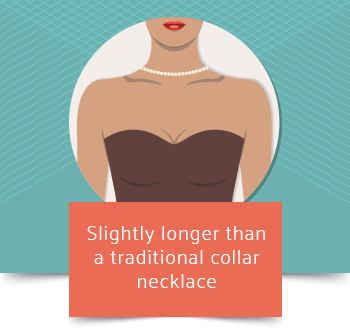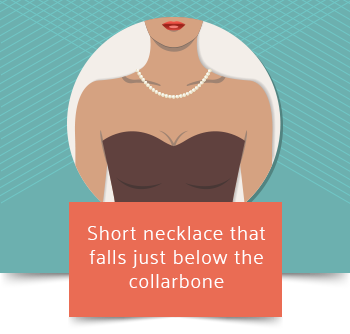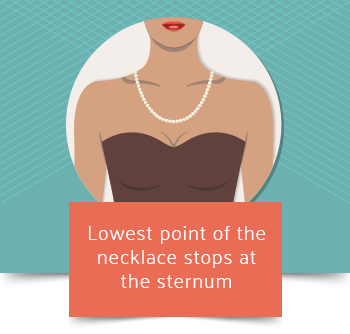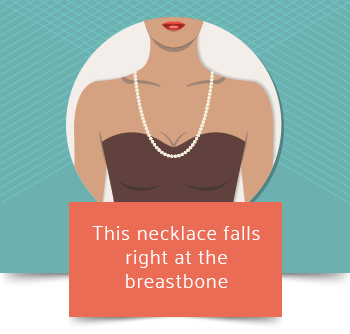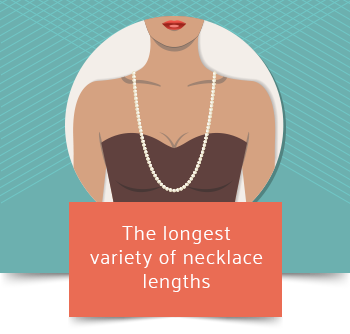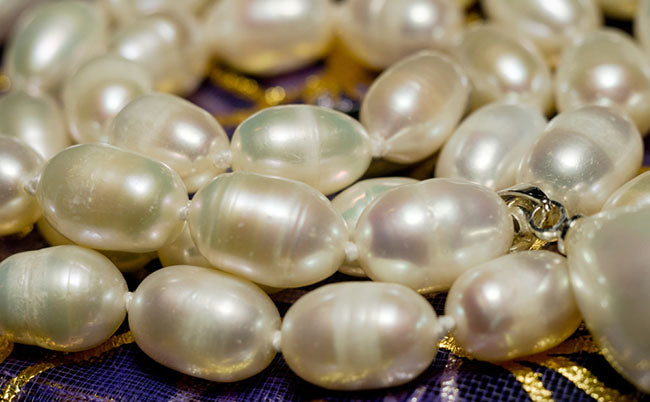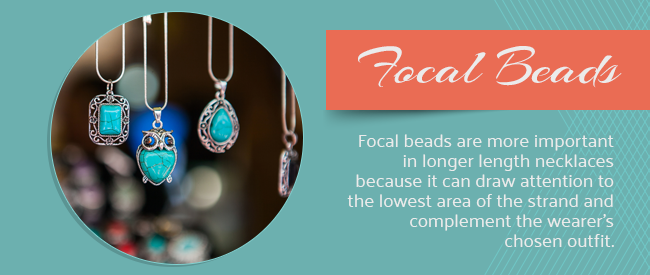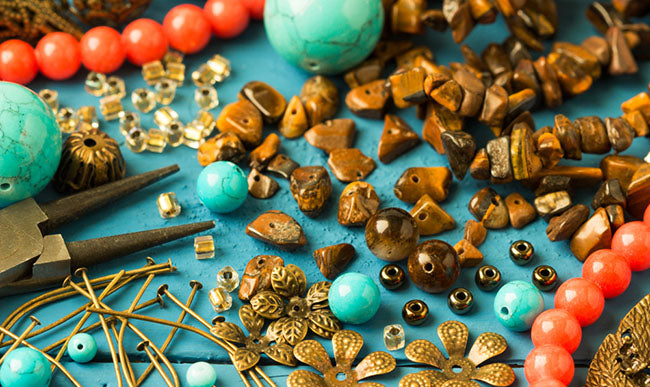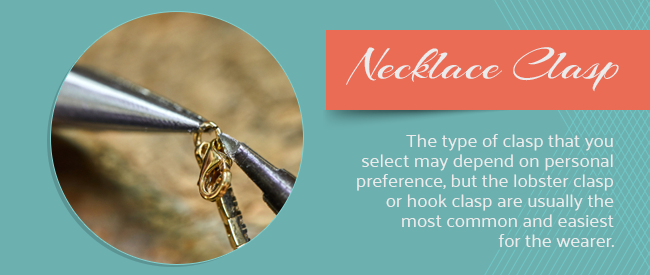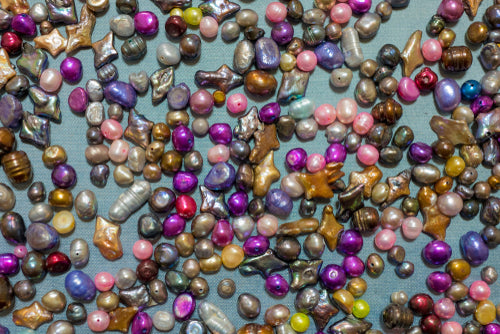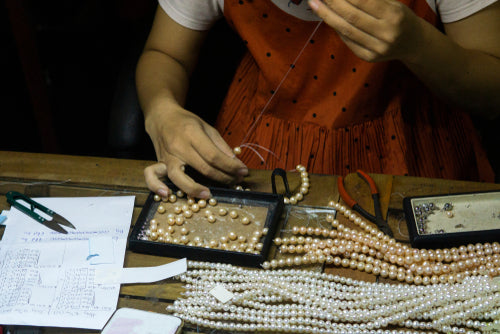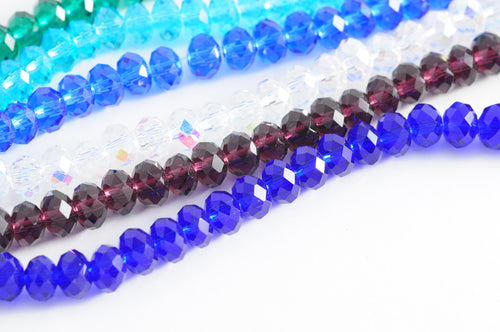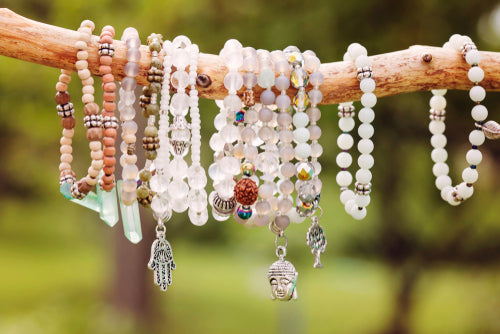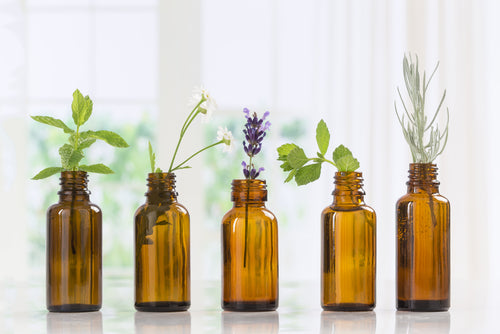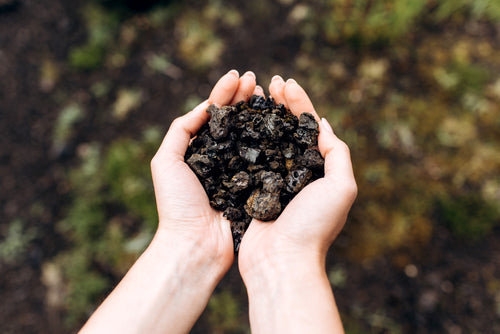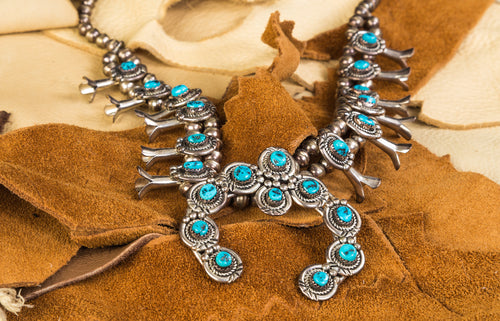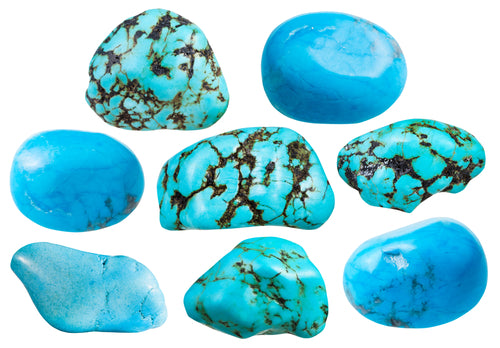The Ultimate Guide: Caring for Brass Beads
Brass is a stunning metal that is commonly used by jewelry designers. It has a unique texture and color that makes it appropriate for both modern and vintage designs, and it works well in any type of jewelry imaginable. Brass beads are highly versatile and easy to work with, so they are popular among beginner and experienced jewelry makers alike.
One of the interesting features of brass is that it takes on a unique patina as time passes. This can be seen as both a positive and negative feature. Some people love the natural patina of aged brass because it makes a piece of jewelry look delightfully aged and antique. For those who prefer more modern-looking jewelry, however, the patina may be perceived as something that detracts from the metal’s natural beauty.
In addition to the patina that some people love and others hate, brass, like any other metal, gets dirty and can become damaged over time.
Whether you are a jewelry maker who uses loose brass beads in your designs or you are someone who loves and owns jewelry made from this metal and wants to keep it looking its best, knowing how to care for brass beads appropriately is vital. Keep reading to learn more from our ultimate guide to caring for brass beads.
First Things First: Making Sure Your Brass Is Really Brass
Before we dive into the specifics on how to care for your brass beads and jewelry, it’s important to note that not all “brass” is created equally. Some jewelry is made using plated metal as opposed to solid brass. If the jewelry or beads that you have are plated, they may require different care than ones that are made from solid brass.
Fortunately, there is an easy way to check to ensure that your brass jewelry is really made from solid brass. Typically, all you need to do is hold a magnet against your beads or jewelry. If it sticks, the item is brass-plated rather than solid brass. Brass-plated beads and jewelry require extra caution when cleaning because you don’t want to inadvertently remove the plating.
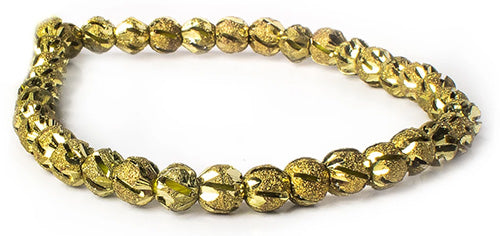
Storing Brass Jewelry and Beads
While it’s virtually impossible to completely prevent metals like brass from tarnishing, the way you store it can have a major impact on how frequently you need to clean and polish it. By storing your beads and jewelry appropriately, you can keep it looking great and avoid damage.
When not in use, brass should not be stored in bathrooms or other areas where there are high levels of humidity. Water and moisture are enemies of brass (and other metals) and are known to make it tarnish faster.
Even the air can cause your jewelry to tarnish. For this reason, it is best to store your brass beads and jewelry in airtight containers away from moisture sources. Wrap each piece of jewelry in soft cloth and place in an airtight bag inside your jewelry box. In addition to keeping tarnish at bay, storing each piece individually helps prevent scratches.
You may also want to consider adding anti-tarnish strips to each bag. These tiny strips of absorbent paper protect jewelry and jewelry-making supplies by absorbing moisture and pollutants from the air. Each strip lasts for several months and does no damage to the jewelry. They are completely safe and non-toxic, too, and don’t leave behind any sort of residue.
Wearing Brass
Don’t wear your brass jewelry while swimming, showering or taking a bath. If you do get it wet, dry it with a soft cloth as soon as possible. Doing so helps prevent water spots and can keep your jewelry from tarnishing.
Your jewelry should be the last thing you put on in the morning and the first thing you take off in the evening. Do not put it on until after you’ve applied your makeup and any products that contain alcohol, such as perfume, body spray and hairspray. Don’t wear your jewelry to bed as you could damage it in your sleep.
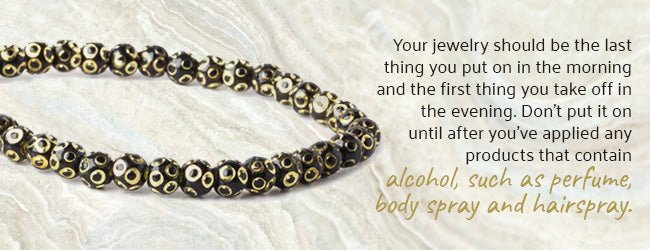
When you remove your jewelry, wipe it down with a soft cloth prior to storing. This will remove grime and body oils from the piece and help keep it from tarnishing.
Natural Ways to Clean and Polish Brass
There are a lot of commercial products that are intended to be used to clean jewelry, but when it comes to taking care of your brass beads, using natural products is often the best option. Natural products are less likely to damage your jewelry, are safer to have in your home and are less likely to cause skin irritation.
There are a few different natural methods for cleaning brass. No matter which one you choose, though, always be sure to follow the natural grain of the metal. This prevents scratches. Here are a few of our favorite natural cleaning methods for brass.
Soap and Water
Water may be your brass jewelry’s natural enemy, but when used correctly, it’s also one of the best and easiest cleaning options. Start by gently scrubbing the surface of your brass beads with warm water and liquid dish soap. You can use your fingers or a soft brush. Don’t use a brush with firm bristles, though, as they could scratch the metal.
Scrub off all the grime and then rinse with plain warm water. Rinse until the water runs clear and flows smoothly over the surface of your jewelry. Immediately dry using a soft cloth. Brass is susceptible to water spots, so make sure that you have removed all of the water prior to wearing or storing your jewelry.
Keep in mind that soap and water may not be effective if your jewelry or beads are exceptionally tarnished. This method works best when you just need to remove a bit of grime.
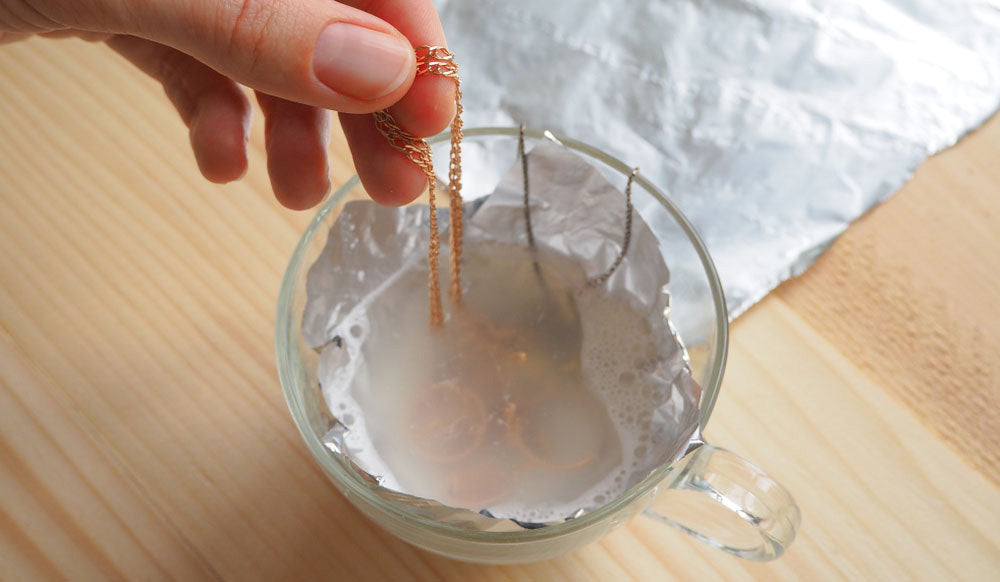
Lemon Juice
Because it is naturally acidic, lemon juice does a great job of cutting through tarnish and grime. To clean your jewelry using lemon juice, you’ll need a cup of water and the juice from half of a fresh lemon. You’ll also need a teaspoon of salt. Stir the ingredients together until the salt is completely dissolved. Next, gently place your jewelry in the solution. Keep an eye on it and watch as all of that grime disappears before your eyes.
Once your brass is clean, remove it from the solution and rinse thoroughly using warm water. Dry using a soft cloth.
Ketchup
Ketchup is something else that you probably have in your kitchen that is highly acidic. And believe it or not, it can do a great job of making your brass jewelry shine. Apply a small amount to your beads and then use your fingers or a soft brush to ensure that it is coating all of the surfaces. Be sure to get into all of the nooks and crannies!
Let sit for five to 10 minutes or so and then rinse. If your brass is still looking a bit grimy, repeat the process. When you are finished, make sure all traces of the ketchup have been removed and then dry using a soft cloth. If you don’t have any ketchup on hand, Worcestershire sauce works, too.
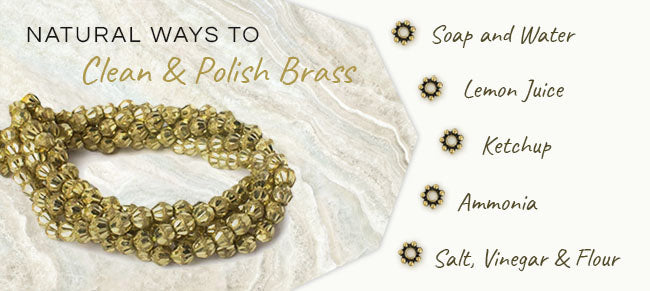
Salt, Vinegar and Flour
For stubborn tarnish, a mixture of salt, vinegar and flour may be what you need to get the job done. Start by combining half a cup of vinegar with a teaspoon of salt. Next, add in flour until the mixture reaches a paste-like consistency. It should take about half a cup.
Apply the paste to your jewelry using your fingertips or a soft brush. Be sure to rub it in well and then let sit for roughly 10 minutes. Finally, rinse your jewelry using warm water and dry.
Ammonia
Ammonia may sound like a chemical cleaning product, but it is actually all-natural. The smell isn’t very pleasant, but it does do a great job of cleaning brass beads. If you choose to use this method, though, be careful. Ammonia can be dangerous when not used correctly. Always wear gloves and work in an area that is well-ventilated.
Combine one part ammonia and eight parts water in a glass or plastic container. Next, soak your jewelry in the solution for several minutes. Once it appears clean and shiny, remove your jewelry and use a soft cloth to gently wipe away any remaining grime or tarnish. Rinse completely under warm water and then dry with a soft cloth.
Polishing Brass Jewelry
Sometimes, cleaning your jewelry isn’t enough. If you want it to have a lustrous shine, you need to polish it, too. When doing so, however, it is important to do so in a manner that will not cause damage. Generally, a soft microfiber cloth is the best tool for this project. If you decide to purchase a jewelry polishing cloth, be sure to read the label carefully to ensure that it is safe to use on brass.
When you are ready to start polishing, look closely at your brass to determine the direction of the metal’s grain. Just like you would go with the grain when sanding a piece of wood, you need to go with the grain when polishing metal.
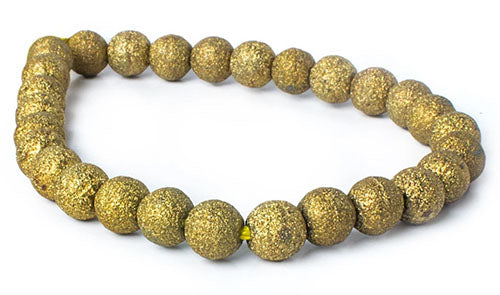
Gently rub your beads or jewelry with the cloth. It’s okay to apply a bit of pressure, but you don’t want to press down too hard. If you do, you could bend the metal or cause other damage. Continue going over the same area until it has taken on a beautiful shine. When you’re finished, rub a drop of olive oil into the metal. This will help prevent it from tarnishing.
Conclusion
Whether you have just decided to learn to bead and make jewelry or are an experienced jewelry designer, brass beads make a beautiful addition to nearly any project. Its warm color makes it ideal for both modern and vintage-inspired pieces, and it is a stunning alternative to silver and gold. There are countless types of brass beads to choose from, too, so it is possible to find pieces that work well in any design.
While some people are reluctant to use brass because it tarnishes, it is not a metal that you should fear working with. When properly stored and maintained, it is possible to keep this versatile metal looking great with minimal effort. Keep in mind, too, that many people love the natural look of aged brass. A bit of tarnish isn’t always a bad thing!
When you do need to clean your metal beads, natural cleaning methods are often better (and safer) than chemical cleaning products. The methods outlined above are all safe for brass, and they can be used to remove even the most stubborn tarnish build-up.
At The Bead Traders, we carry high-quality brass beads in a variety of sizes and styles. Whether you are designing jewelry for yourself, a loved one or to sell, we have what you need to create one-of-a-kind pieces that everyone is sure to love.





